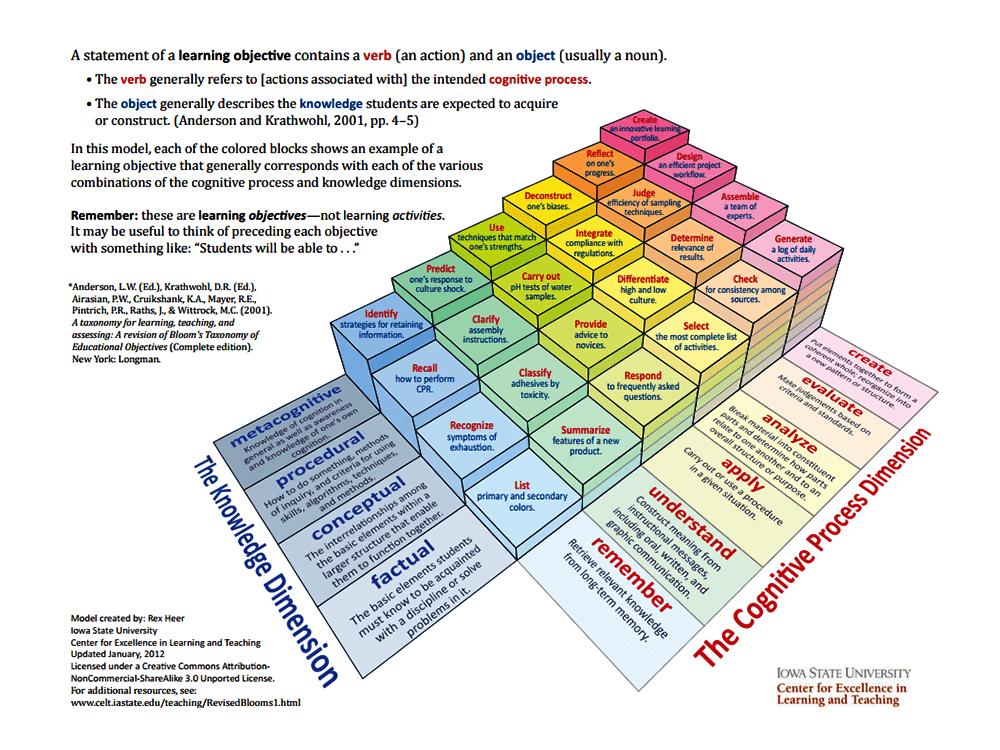
These activities can be used in most classes as engaging exercises to help motivate students to speak English. Designed to be EFL classroom activities, but can be used in ESL or in other classes.

"I'm Making Dinner"
This activity can be easily altered to something like "I'm planning A Christmas Party" or used to make any sort of word list.
☆ Objectives and Aims
1. It's a lot of fun.
2. It can help students discover details about a topic.
☆ STEPS 1. WRITE "A-N" ON THE BOARD. 2. TEACHER SAYS "I AM MAKING DINNER. WHAT DO I NEED?" 3. TEACHER SUGGESTS A WORD THAT BEGINS WITH THE LETTER A, SUCH AS APPLE. 4. WRITE THE WORD ON THE BOARD. 5. SELECT A STUDENT TO DO THE NEXT LETTER. 6. THE SELECTED STUDENT ANSWERS WITH A B WORD SUCH AS BIBIMBAP. 7. EVERYONE HAS A TURN AND THE TEACHER WRITES THEM ON THE BOARD. 8. STUDENTS PICK THEIR FAVORITE TWO OR THREE AND WRITE THEM IN THE WORKSHEET. 9. STUDENTS WRITE AT LEAST THREE DETAILS THEY KNOW ABOUT EACH WORD. EX) APPLE: ROUND, SWEET, RED ☆ ON THE BOARD I'M MAKING DINNER. WHAT DO I NEED? APPLE: ROUND, SWEET, RED *NOTE: WORKSHEETS FOR THIS ACTIVITY CAN BE DOWNLOADED FROM THE BOX AT THE TOP OF THE PAGE.
Punctuation Signals for Students By Reggie Hart Teachers can easily adapt this activity to suit their own classroom needs. Group Work – Students are divided into small groups and brainstorm 2 sets of punctuation signals. One set should be based on sound. One set is based on hand/ or body signals.. Encourage students to use only one hand for the signals so they can hold a piece of text in their other hand. Students are given a short text that has the punctuation missing. After devising their signals, students demonstrate in front of the class. Optional: if there is enough time, have the students combine their sound and visual signals and demonstrate again. Optional: Students walk while they perform the presentation of their signals. Sample Sound signals: Single quotation mark ( ‘ ) = tick Apostrophe ( ‘ ) = tock Double quotation marks ( “ ) = tick-tock Question mark ( ? ) = eh? Comma ( , ) = oh-oh Exclamation mark ( ! ) = shazam Period = ( . ) bang Sample Visual signals: Single quotation mark ( ‘ ) = index finger up Apostrophe ( ‘ ) = pinky finger up Double quotation marks ( “ ) = index and pinky finger up Question mark ( ? ) = arm curved over head Comma ( , ) = fist with pinky extended down Exclamation mark ( ! ) = arm straight up Period = ( . ) fist